GUTORAN (구토란펜션)
14.6Km 2024-08-01
17-25 , Gwigye-gil, Gyeongju-si, Gyeongsangbuk-do
+82-54-746-4847, +82-10-3520-9576
Gutoran is a hanok pension in Naenam-Myeon, Gyeongju, Gyeongsangbuk-do, owned by a ceramic artist who has hand-painted and decorated the house with his own roof tiles and pottery. In front of the house is a garden and lotus pond, also decorated with ceramic works. Nearby is the owners’ pottery workshop called (‘Gutoranyo’) where visitors can take part in ceramic classes.
Coffee Myungga Bosque (커피명가보스케)
14.7Km 2024-02-23
477-57 Yongdam-ro, Hyeongok-myeon, Gyeongju-si, Gyeongsangbuk-do
Located near Seogyeongju Station, Coffee Myungga Bosque is notable for its unique and beautiful exterior, which received the Gyeongsangbuk-do Architectural Culture Award in 2020. The café's signature coffee, Myunggaccino, is renowned for its rich flavor, achieved by roasting and brewing the beans in-house. Additionally, the café offers a variety of breads, including maneulppang (garlic bread) and croissants, catering to diverse tastes.
Gameunsaji Temple Site (경주 감은사지)
16.0Km 2025-06-12
Yongdang-ri, Gyeonju-si, Gyeongsangbuk-do
Gameunsaji Temple Site was built by King Munmu (AD 661-681), the king of Silla who unified Baekje and Goguryeo in the late 7th century. The purpose of the temple site was to pray for help and guidance from Buddha against Japanese invasion. Unfortunately, King Munmu passed away before the completion of the temple, and left a will to be cremated and buried in the East Sea so that he may reincarnate as a sea dragon in order to protect the country. As he wished, King Munmu's ashes were scattered at Daewangam of the East Sea. The temple was completed and was named by his son, King Sinmun (AD 681-692) in respect and appreciation for his father.
Gameunsaji Temple Site was rebuilt in 1979 based on the discovery of the site's foundation after two years of archeological research. The three-story stone pagoda at the temple site is a reminent of the early period of unified Silla, assembled with several parts which rise up to 13.4m high, known to be Silla's highest three-story pagoda.
Najeong Beach (나정고운모래해변)
16.2Km 2021-08-02
1915, Donghaean-ro, Gyeongju-si, Gyeongsangbuk-do
+82-54-779-6325
Najeong Beach is situated on the shores of the East Sea. The beach offers many facilities as well as a seawater hot spring. The parking lot and pine tree forest by the hot spring are open to the public. Various water sports are also available in the area.
Tomb of King Munmu (경주 문무대왕릉)
16.8Km 2025-06-12
1366-9, Donghaean-ro, Gyeongju-si, Gyeongsangbuk-do
A little rocky islet approximately 200 meters from the shore at Bonggil-ri is the Tomb of King Munmu (AD 661-681), who unified the three kingdoms and became the 30th ruler of the Silla Kingdom. The king gave specific instructions to be buried in the East Sea after his death so that he would become a dragon and protect Silla from foreign invaders. The rocky island, about 200 meters in circumference, is divided by a cross-shaped waterway, forming a pool at the center, at the bottom of which is a granite stone 3.6 meters long, 2.9 meters wide and 0.9 meters thick. Legend has it that the remains of King Munmu’s cremated body are buried under this rock. Historians still debate whether the ashes of the King Munmu were scattered or stored in an urn and placed under the rock.
Bonggil Daewangam Beach (봉길대왕암해변)
16.9Km 2025-05-28
Bonggilhaean-gil, Yangbuk-myeon, Gyeongju-si, Gyeongsangbuk-do
Bonggil Daewangam Beach, located 32 kilometers east of downtown Gyeongju is a white sand beach with an average water temperature of 22℃. It is less crowded compared to other beaches on the East Coast, making it a perfect destination for a leisurely getaway. In summer, beach bungalows, tube rental shops, snack shops, and other convenience facilities are available. From the beach, visitors can also see the Tomb of King Munmu, which lies 200 meters offshore.
Yeongil Bay Hot Springs (영일만온천)
17.1Km 2020-03-18
21, Unje-ro 386beon-gil, Nam-gu, Pohang-si, Gyeongsangbuk-do
+82-54-285-0101
The construction of this huge hot spring complex started in Yeongil Bay in 1988 after it was found that Yeongil Bay has the highest geothermal heat in Korea while drilling for oil in 1974.
The water’s main ingredients contain healthy minerals such as calcium, natrium, fluorine, magnesium, chlorine, sulfuric acid, fluorine, zinc, germanium and radium. Yeongil Bay Hot Springs maintains its water with alkali bicarbonate at a pH of 9.43. The temperature of the water is somewhat low though at 35℃.
The hot springs help to recover from fatigue, to help beauty care, anti-aging, neuralgia, heart disease, and liver functions. The water here also has a very unique texture.
Oryu Goarahaebyeon Beach (오류고아라해변)
17.6Km 2024-02-23
277-8 Oryu-ri, Gampo-eup, Gyeongju-si, Gyeongsangbuk-do
Oryu Goarahaebyeon Beach, located near Gampo Port, is known for its soft sand and is famous for sand baths. It's an ideal spot for camping, boasting a 1km stretch of white sandy beach, shallow waters, and a lush pine forest. Within the pine forest, there's a campsite where visitors can enjoy caravan or tent camping. During the summer, marine leisure facilities like banana boats and motor boats are available. Nearby tourist attractions include Songdaemal Lighthouse and Gampo Marine Park.
Songdaemal Lighthouse (송대말 등대)
17.8Km 2024-02-08
18-94 Cheoksa-gil, Gampo-eup, Gyeongju-si, Gyeongsangbuk-do
Songdaemal Lighthouse was constructed for maritime safety off the coast of Gampo Port. Its name "Songdaemal" signifies "the end of the pine trees". It was initially built as a manned lighthouse and underwent a comprehensive overhaul in 2001. The renovation was designed to resemble the three-story stone pagoda at the Gameunsa Temple Site. Near the lighthouse is the Songdaemal Light Exhibition, displaying information about the lighthouse and various sea-related materials. Additionally, visitors can enjoy a leisurely stroll on the trail in front of the lighthouse. This location is also renowned for its stunning views of the sunrise over the east coast.
Chisanseowon Confucian Academy (치산서원)
18.1Km 2020-02-05
7, Chisullyeong-gil, Dudong-myeon, Ulju-gun, Ulsan
+82-52-204-0324
Relics of Park Jesang is also referred to as Chisanseowon Confucian Academy.
Park Jesang, a descendent of Park Hyeokgeose, was severly tortured and then burned to death after rescuing two hostages taken by Japan, who were the brothers of King Nulji.
The nearby temple and Mangbuseok have a folk tale regarding the story. His wife and two daughters died waiting for him and then his wife is said to have turned into Mangbuseok (faithful wife stone) in the eastern Chisullyeong Mountain in Manhwa-ri, Dudong-myeon. According to the legend, her spirit became a bird, and flew away to hide behind Euneulam (Bird Hidden Rock).
After Park Jesang's couragous act, King Nulji gave him a loyal officers position as well as the role of godmother to his wife for her model behavior of wifely duty. Chisanseowon Confucian Academy keeps their ancestral tablets to honor royalty.
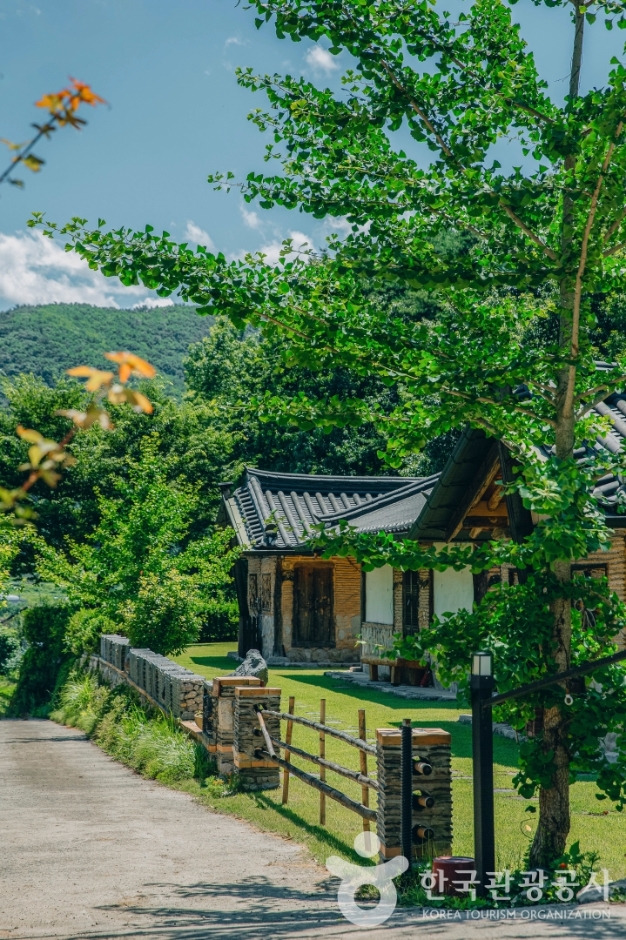
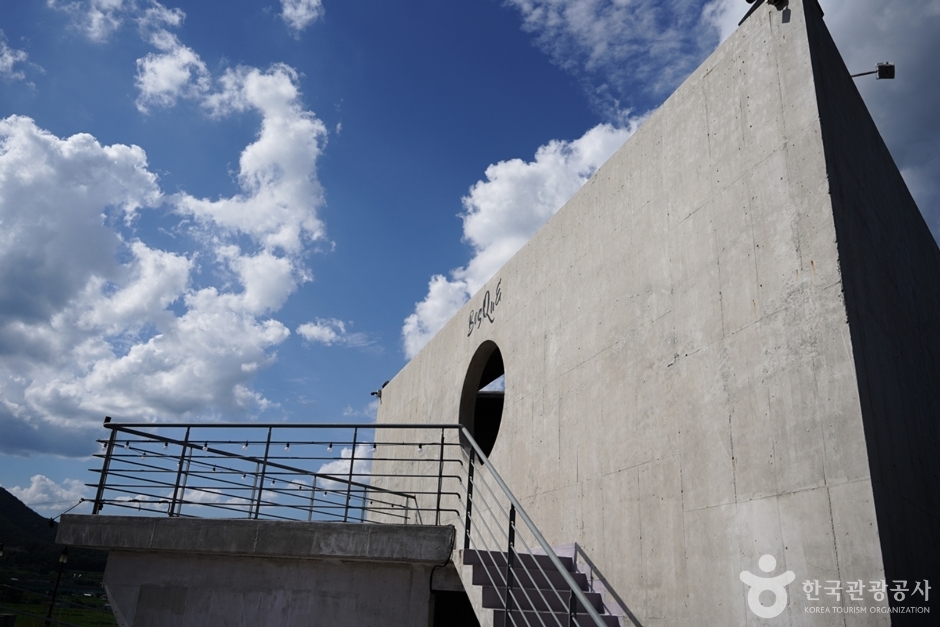

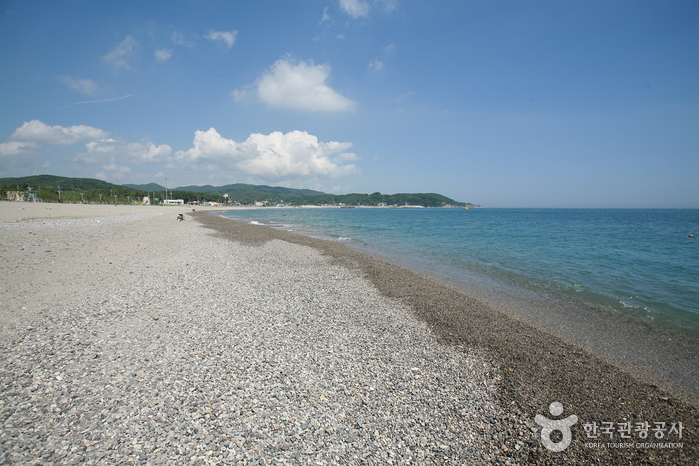
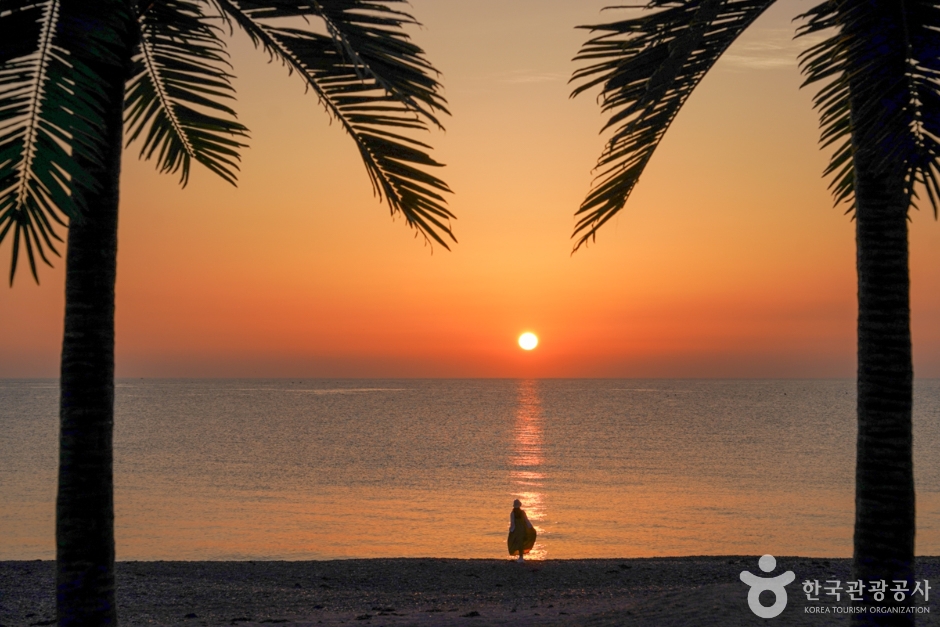
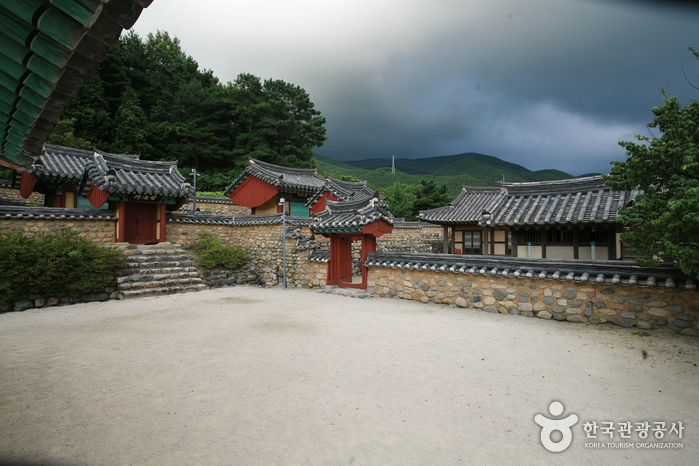
 English
English
 한국어
한국어 日本語
日本語 中文(简体)
中文(简体) Deutsch
Deutsch Français
Français Español
Español Русский
Русский